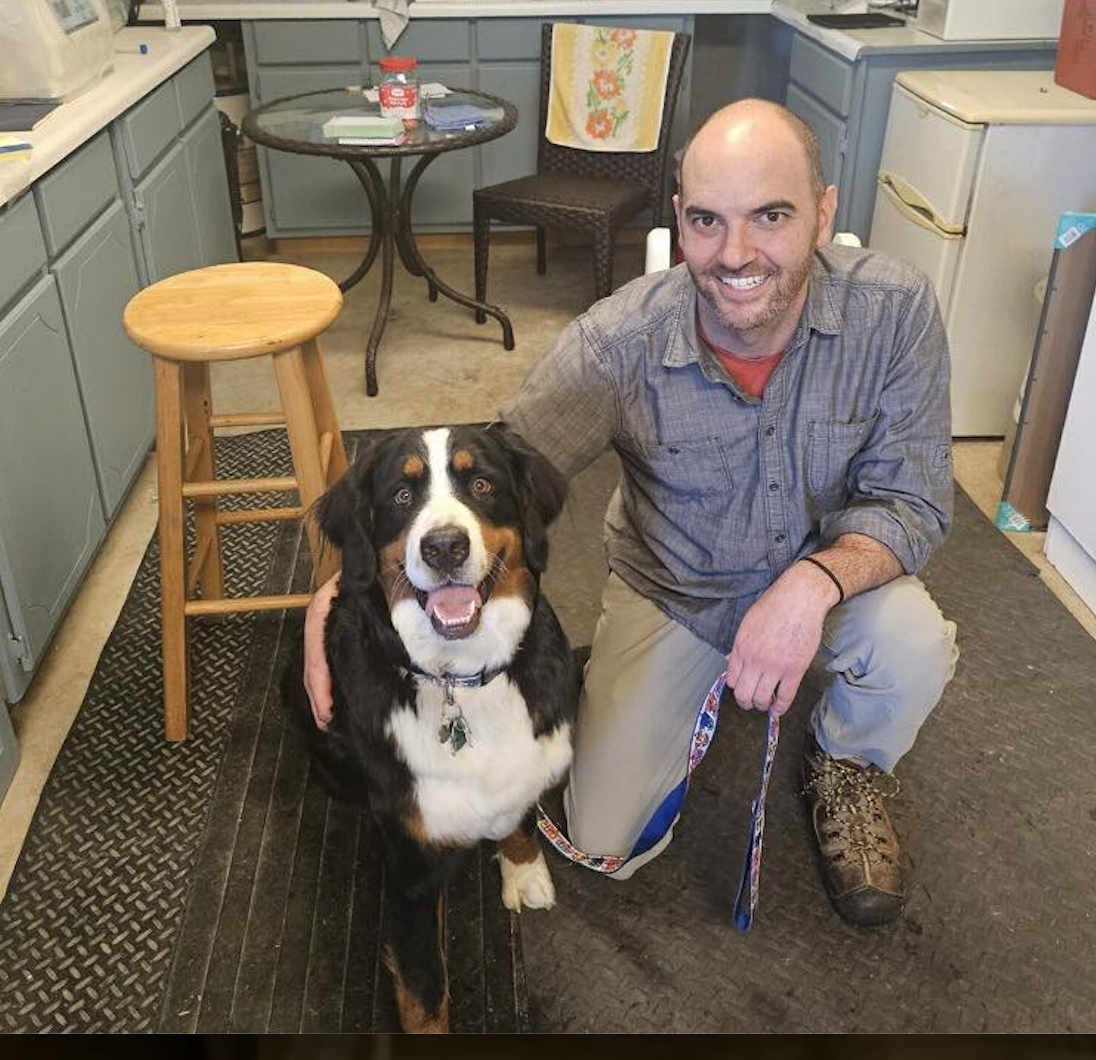Canine
-
Have you noticed that your dog...
Had difficulty getting up and down?
Is tail swishing as in pain?
Walks funny, even 3 legged?
Has ear shyness (especially on one side)?
Resent grooming in certain areas?
Has neck restriction, especially to one side?
Has excessive and frequent back soreness?
Has uneven gait?
Has lost power in the hind?
Is always moody?
Walks "funny"?
Has your dog gone longer than one year without a chiropractic evaluation?
If you have noticed even ONE of these findings, then a chiropractic evaluation may be needed for your canine.
To schedule an evaluation for your dog, please visit my Scheduling page.
-
Hip Dysplasia
A disease that affects the development of the hip joint. It is frequently brought about by a laxity of the muscles, connective tissue, and ligaments that should the joint. Subluxation can effect the nerves that power the muscles that should provide this support. True dysplasia can be diagnosed by X-ray.
Motion Palpation
Feeling for the proper motion of spinal segments and extremities.
Progressive Myelopathies
Progressive neurological deterioration following spinal cord injury with functional or pathological changes unrelated to anatomical compression of the spinal cord or spinal instability.
Unilateral Lameness
Disabled so that movement, especially walking, is difficuly or impossible. Marked by pain or rigidness. One sided lameness.
Wobblers Disease
Wobblers syndrome is caused by narrowing or malformation of the spinal cervical (neck) vertebrae which causes pressure on the spinal cord by the lower cervical (neck) vetebrae due to either a malformation of the vertebra or when the vertebrae do not come together properly. This causes a weakness or lack of coordination in the limbs. Probable causes of wobblers include: subluxation, nutrition, genetics, trauma. Initial signs and symptoms include variable gait changes.
-
The following list describes symptoms suffered by canines which can be treated by an Animal Chiropractic.
I do not suggest that you attempt to diagnose your dog's problems. This list is simply a guide to our services and should be used in concert with your veterinarian.
MALADIES:
Recurring asymmetrical back soreness
Neck, back, leg, and tail pain
Asymmetrical neck restrictions and stiffness, "One-sided"
Muscle spasms, nerve problems
Event or sports injuries
Spinal injuries from slips, falls, and accidents
Difficulty jumping, running, and trotting
Short stepping
Performance problems
Grooming, brushing sensitivity
Agility dysfunction
Disc problems, joint problems, limping
Hyperactivity
Jaw or TMJ problems, difficulty chewing
Acute or chronic lameness
Progressive lameness
Unilateral lameness
Hip dysplasia - like syndromes
Knee dysfunction
Progressive myelopathies
Digestive disorders
Increased or decreased GI mobility
Bowel, bladder disorders
And many more...
